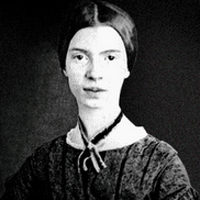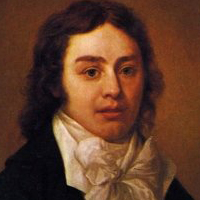If I should Die by Emily Dickinson: Summary and Analysis
Emily Dickinson is one of the greatest American poets, and a death-obsessed writer. Her poems exemplified the truth and hidden humor about death. This famous poem 'If I should Die' contrasts death with the life of the survivors. This has thematic affinity with Robert Frost's 'Home Burial.' Like Frost's poem, this is concerned with the changeless routine of the survivor's world.

